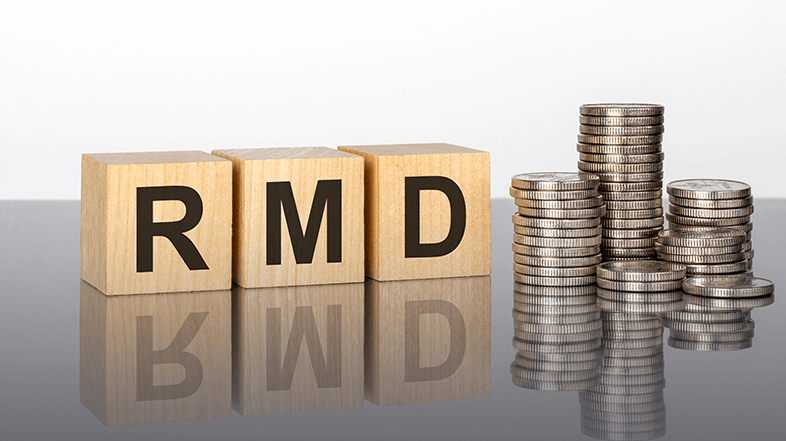
The Secure Act 2.0 brought about numerous changes to how we save for retirement, including when investors need to start taking required minimum distributions (RMDs).
However, the IRS is making RMD changes yet again – this time delaying certain rules in order to provide a smoother transition not only for plan administrators, but also for participants and IRA owners.
If you are nearing retirement, it’s critical you stay up to date on these changes, and how they may affect your retirement portfolio.
Here’s everything you need to know about these critical RMD changes.
What Changed with RMDs?

Age Changes
Before the Secure Act 2.0 was signed into law December 29, 2022, you had to start taking RMDs by April 1 of the year after you turned 72.
The new law extends the start of RMDs beyond age 72 on a gradual basis moving forward.
For those who reach age 72 after Dec. 31, 2022, and age 73 before Jan. 1, 2023, the RMD age would be 73.
Starting in 2033, the RMDs move up to age 75.
Penalty Changes
The bill also includes significant penalty changes for not taking required minimum distributions on time.
The hefty 50% penalty for not taking RMDs will drop to 25% in 2023.
The penalty drops to 10% if you take the required amount by the end of the second year that it was due.
The penalty could be waived completely if you didn’t take the RMD due to an unforeseen event, but then withdrew it as soon as you could.
Why Is the IRS Making RMD Changes Again?

The delay provides transition relief for plan administrators, plan participants, IRA owners, and beneficiaries relating to the RMD changes, as well as certain specified RMDs for 2023.
These new changes come from a concern that it might take some time for companies to update their systems to reflect the changes.
The IRS relief for the Secure Act 2.0 changes could have caused some people who turn 72 in 2023 to receive distributions from their retirement accounts that would be considered RMDs – even though they weren’t supposed to start taking them under the new rules.
To address this issue and give companies more time to update their systems, the IRS is providing some relief for individuals who receive distributions in 2023, but weren’t supposed to start RMDs yet under the new rules.
What Are the New RMD Changes for 2023?

On July 14, the IRS released Notice 2023-54, which provides guidance regarding required minimum distributions (RMDs) under the SECURE 2.0.
Here’s what you need to know about the IRS relief for RMDs…
#1 Companies that didn’t treat certain distributions as rollover-eligible won’t be penalized for not following the new rules for distributions made between January 1, 2023, and July 31, 2023, to individuals born in 1951 (or their surviving spouses).
#2 The deadline for rolling over distributions that were not treated as rollover-eligible is extended from the usual 60-day period to September 30, 2023.
#3 The deadline for rolling over certain distributions made to an IRA owner born in 1951 (or their surviving spouse) is also extended to September 30, 2023, for distributions made between January 1, 2023, and July 31, 2023.
The IRS clarified that if a company failed to make a specific required minimum distribution, they won’t be penalized for it. Individuals won’t face the excise tax for not taking the full required distribution.
Also, the IRS announced that they will finalize proposed regulations for RMDs, but these regulations won’t apply before the year 2024, which is a change from their previous announcement.















